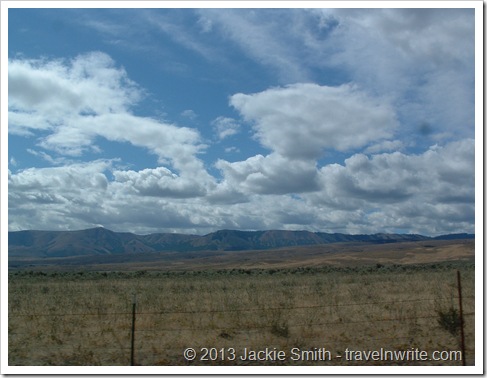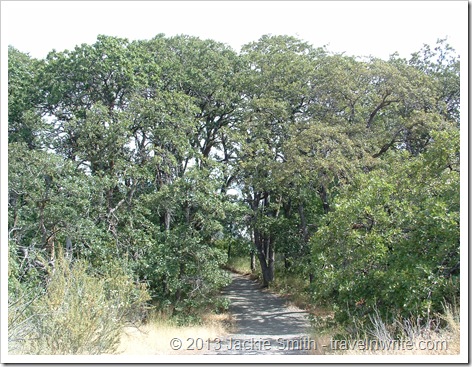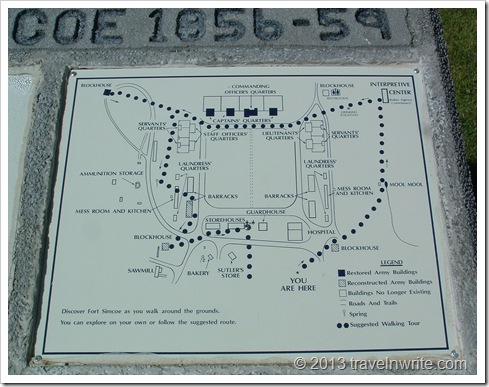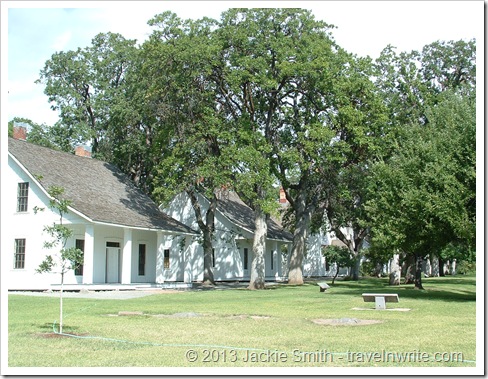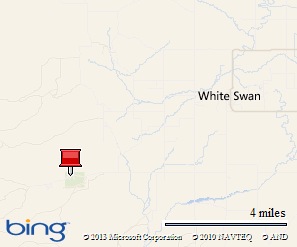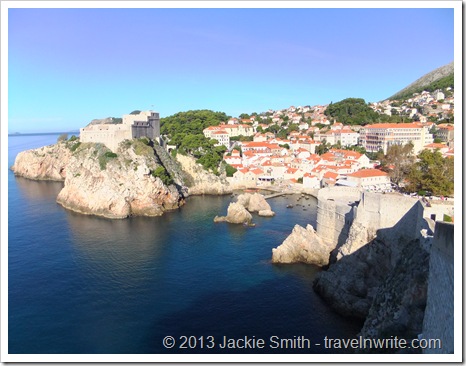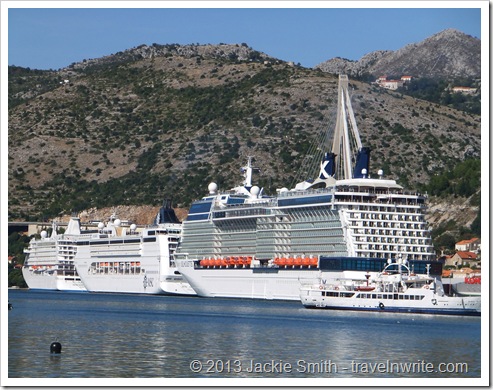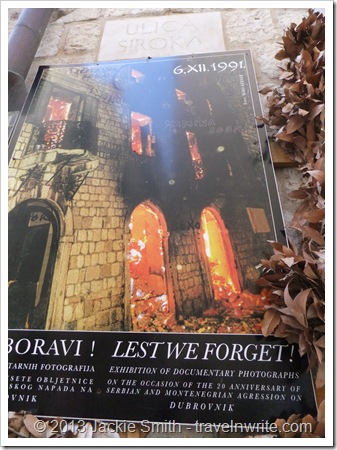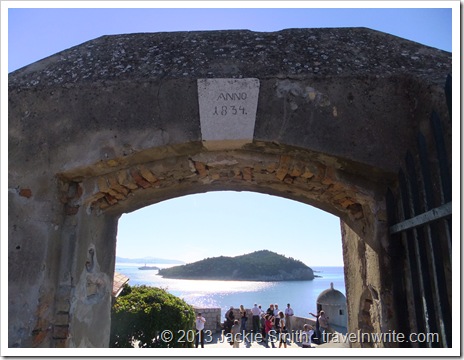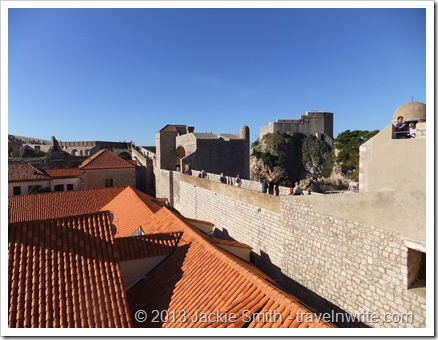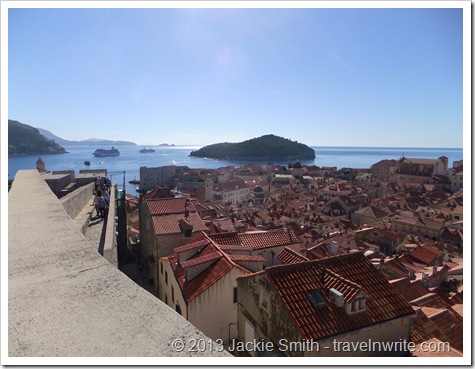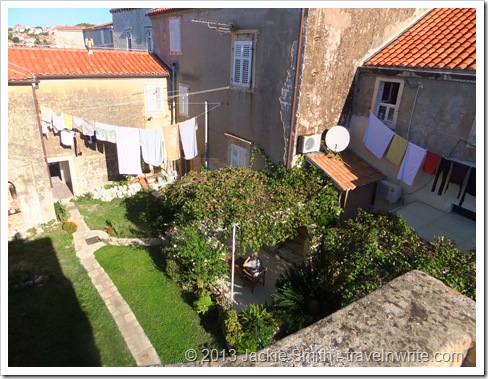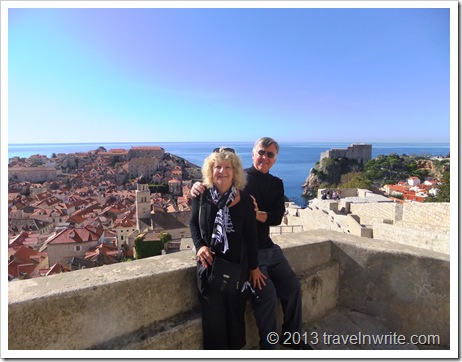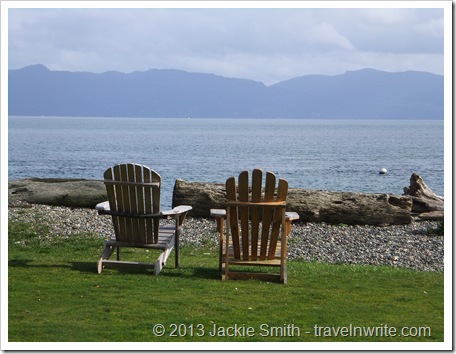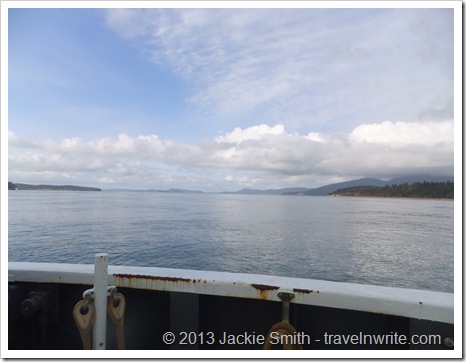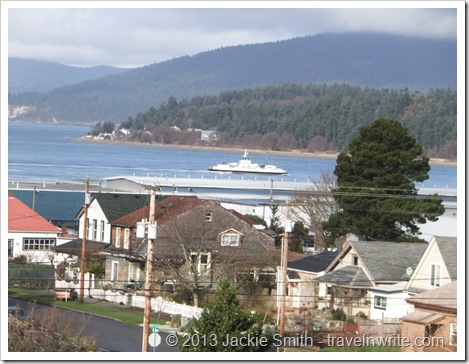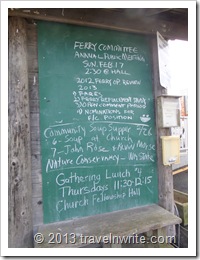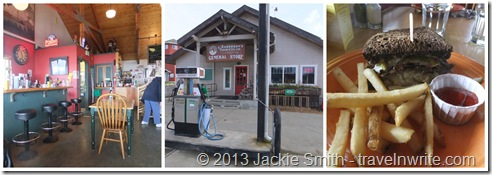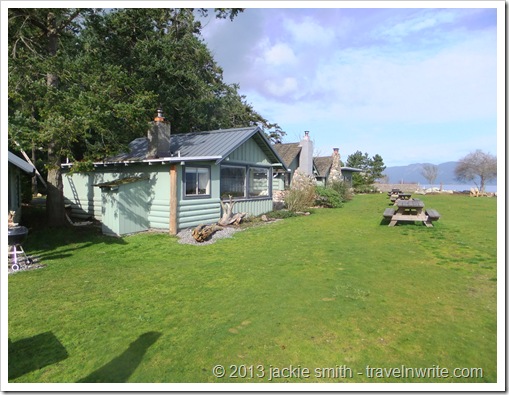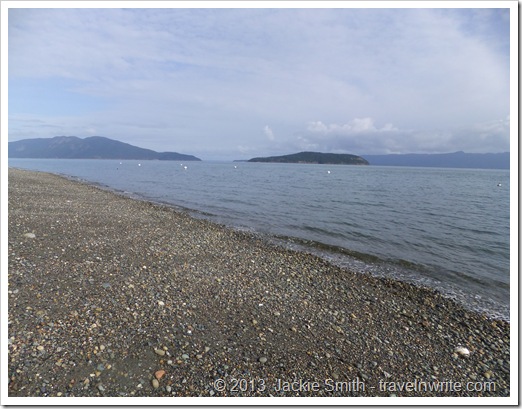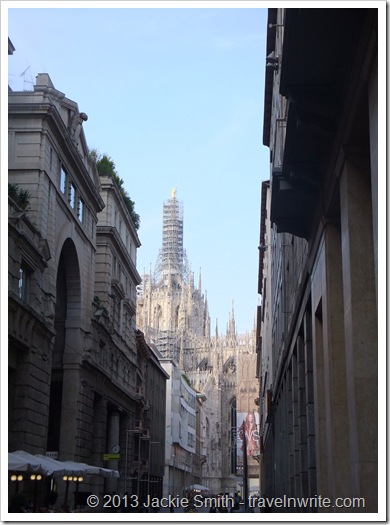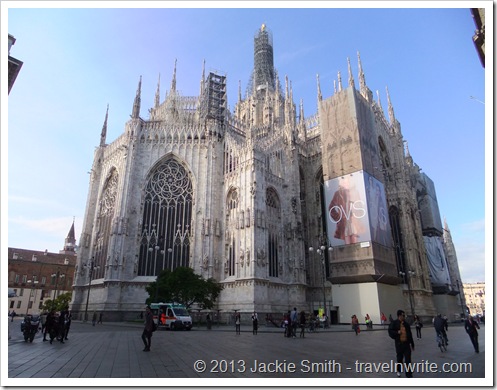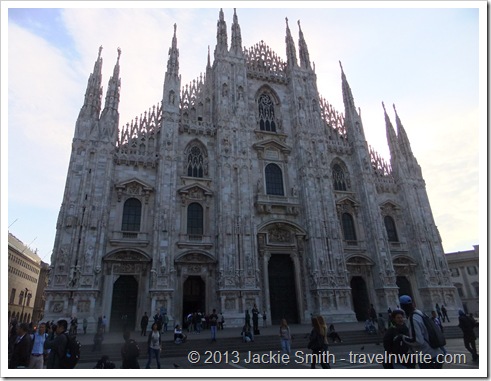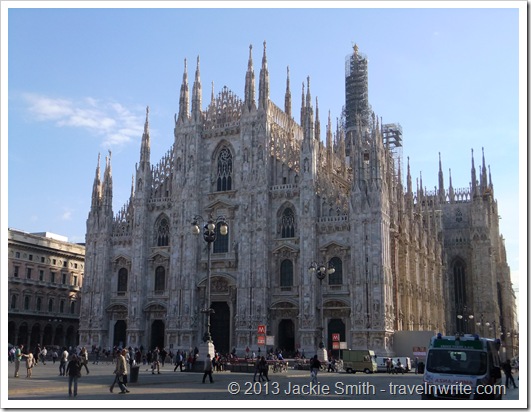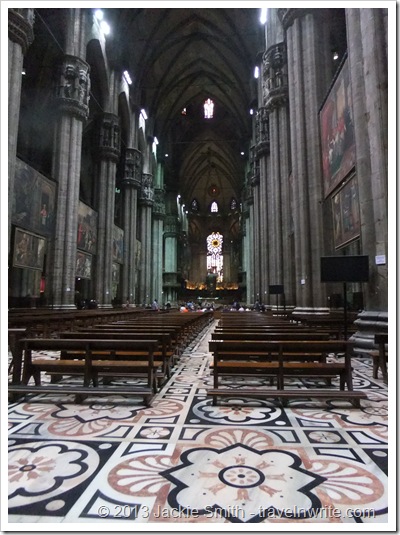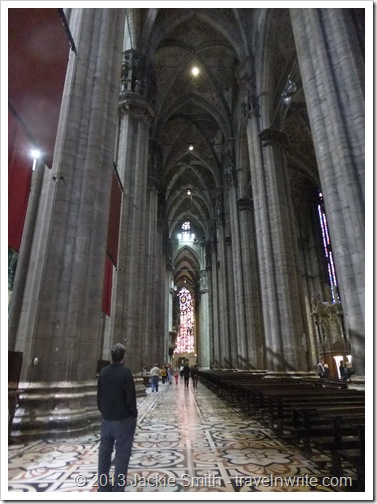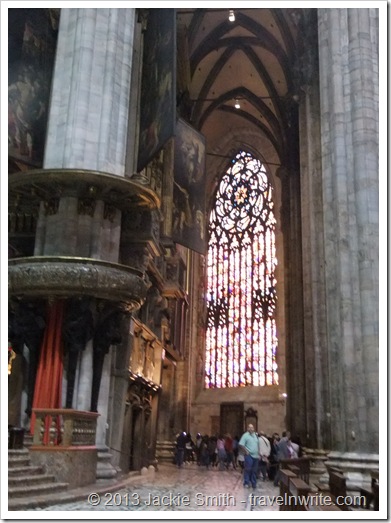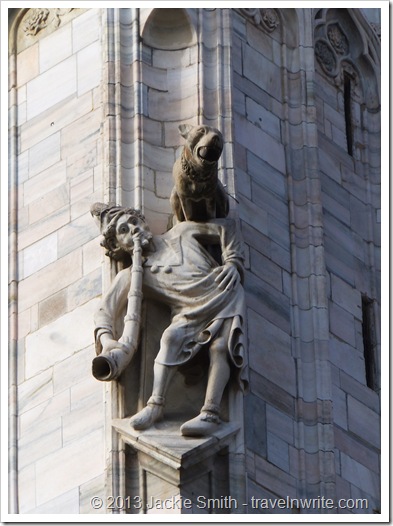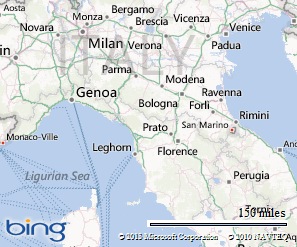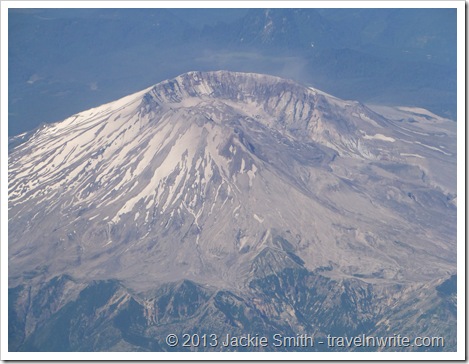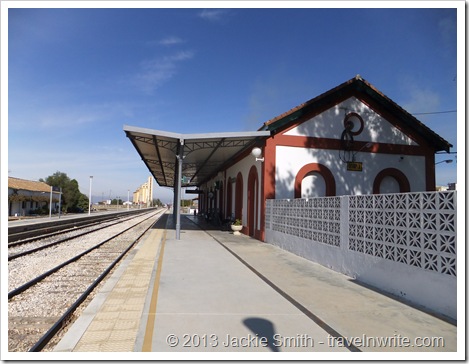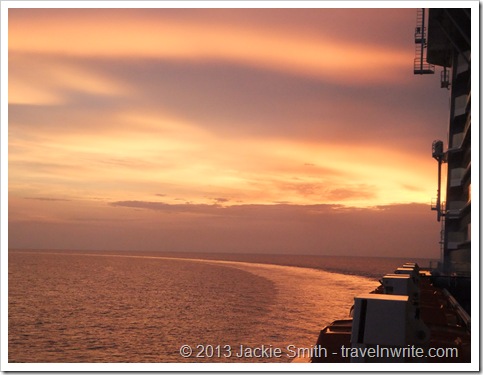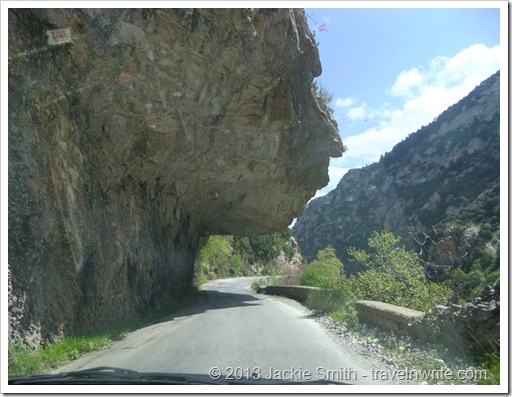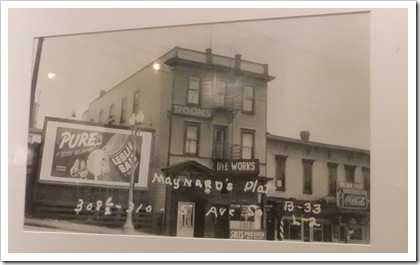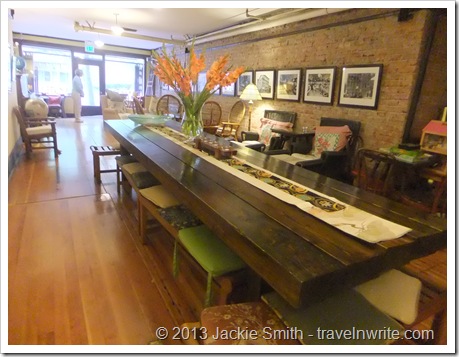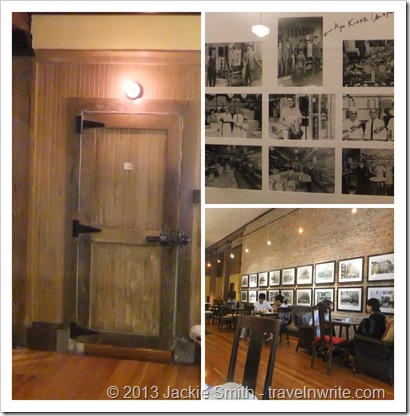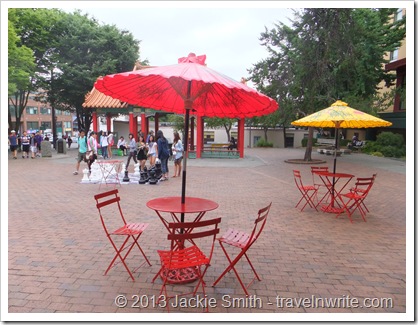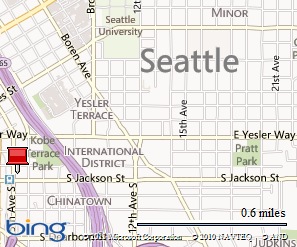It is an out-of-the-way place -- definitely a destination – surrounded by miles of undeveloped range land; so much so, that first-time visitors might wonder if they’d taken a wrong turn along the way.
Fort Simcoe – now a 200-acre day use heritage park on the Yakama Indian Nation Reservation – was established in 1856 at the foot of the Simcoe Mountains on a route that linked the Yakima Valley and the Yakama Tribe’s traditional fishing area on the Columbia River.
As a child growing up in Yakima, it was always a ‘far away’ adventure to visit this outpost that seemed from another world and as an adult far too many years had slipped past without a return to this sprawling testament to history. So one fine summer’s day we went back in time . . .
Fort Simcoe was built on the site of the Indian’s campground, an area they called “Mool Mool” (‘bubbling water’) for the natural spring that existed in the area’s oak grove.
The purpose of this United States Army post was to keep peace between the settlers and the Yakamas, although the Fort’s history includes the hanging of two Yakamas from a beam set in an oak tree because they had been implicated in the killing of an Indian agent. (Source: historylink.org)
The original Commander’s house, as well as the houses of three captains (which were built at the upper end of the parade ground )and one blockhouse still stand; other buildings have been reconstructed. Several of the homes serve as interpretive areas and have been furnished as they might have been when lived in.
The supplies for the Fort were brought in by pack trains from the Columbia and Yakima Rivers because the transportation route, Satus Pass, (now a major cross-state route) hadn’t been completed.
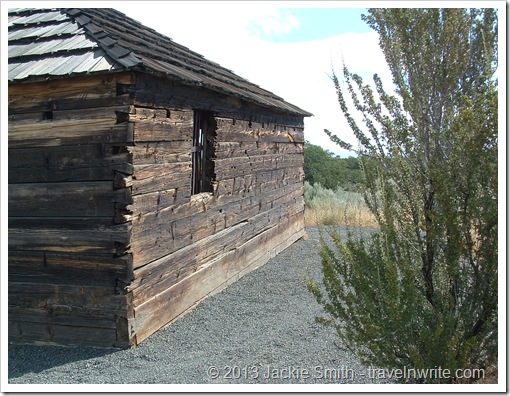 |
| The Blockhouse |
Fort Simcoe, as such, lasted only three years. In 1859 the soldiers were dispatched elsewhere in the Territory (statehood didn’t arrive for another 30 years) – some to Colville and others to Walla Walla. The Fort became an Indian agency at that time.
It became a state park in 1956 and was listed on the National Register of Historic Places in 1974.
The place, we found, hadn’t lost its magic. It is well worth a visit, so pack a picnic lunch, get a Discover Pass and take a trip back into Washington history!
IF YOU GO:
Fort Simcoe
5150 Fort Simcoe Road
White Swan, WA 98952
(509) 874-2372 Call for interpretive center hours of operation
Fort Simcoe is about 40 miles southwest of Yakima, seven miles from the small town of White Swan as noted in the map above. The drive is through cultivated truck gardens, hop yards, orchards and open range land. (Yakima is about a two-hour drive from Seattle and a less-than 45 minute flight from SeaTac airport).
Driving Directions:
From Yakima: Take the Hwy. 97 exit off of I-82 (south bound), and drive to the first traffic light (Lateral A). Turn right onto Lateral A. Drive to the second stop sign, about 12 miles (Fort Rd.) Turn right on Fort Road. Drive about 15 miles to the city of White Swan. In White Swan, watch for road signs to Fort Simcoe. The park is seven miles west of White Swan.
Note: A Washington State Park’s Discover Pass is required – for information on how to obtain a Pass, visit that website by clicking the blue link.
More Information for History Buffs:
Visit HistoryLink.org for more information on Fort Simcoe history.
